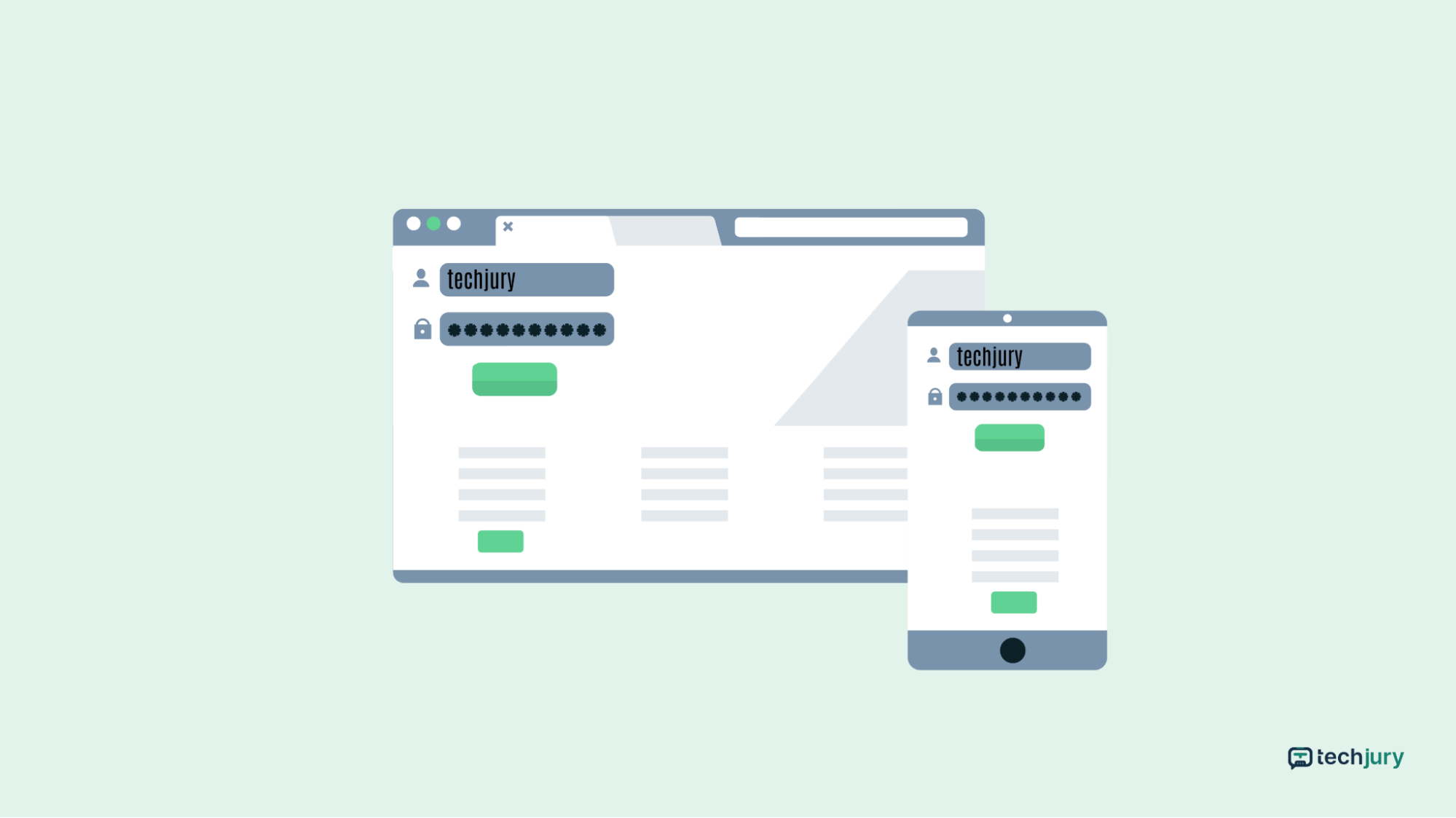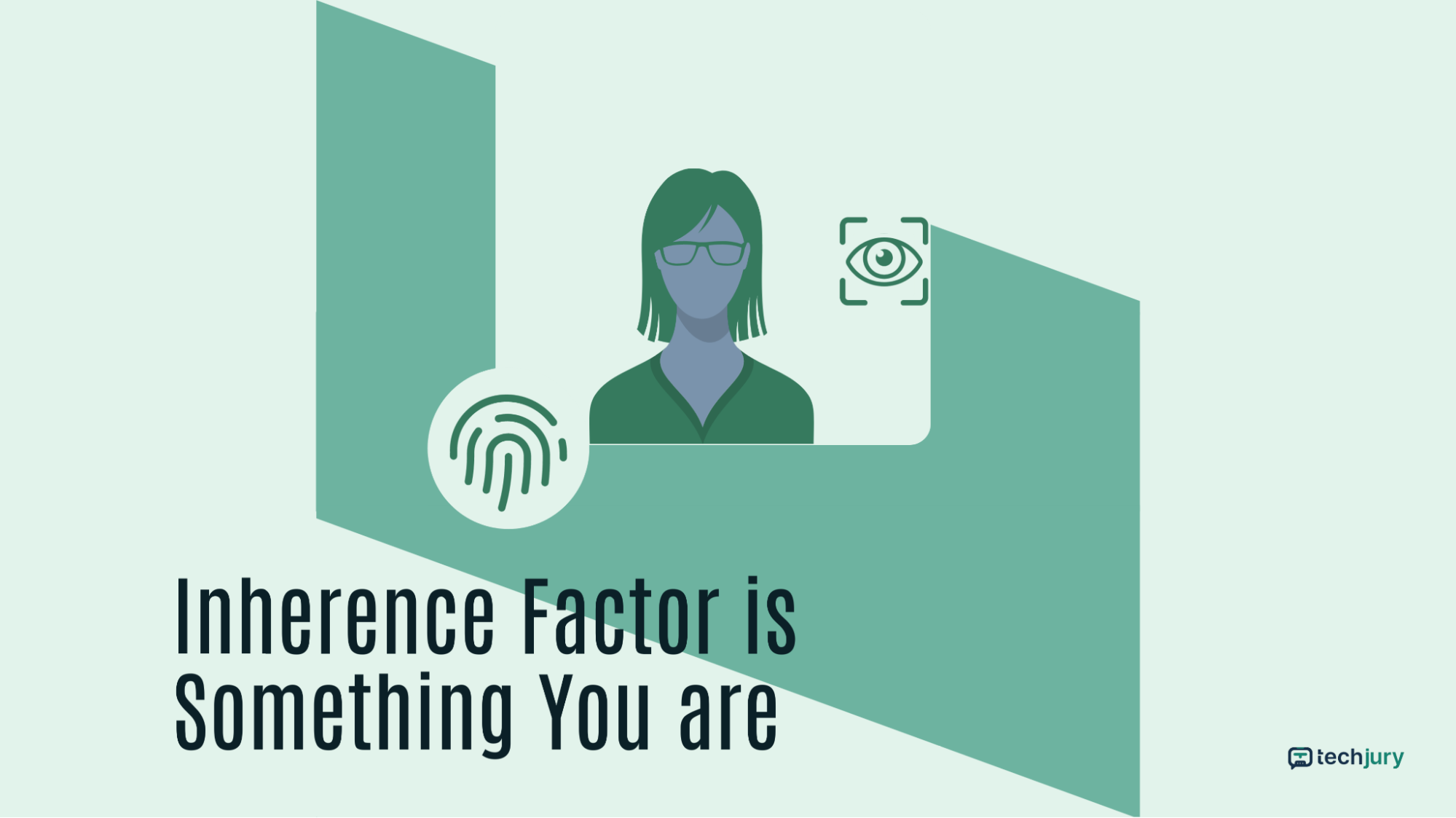

Updated · Feb 11, 2024
Updated · Sep 13, 2023
Raj Vardhman is a tech expert and the Chief Tech Strategist at TechJury.net, where he leads the rese... | See full bio
Florence is a dedicated wordsmith on a mission to make technology-related topics easy-to-understand.... | See full bio
Multi-factor authentication (MFA) helps users protect their accounts and devices by verifying their credentials in a particular order.
MFA secures millions of individuals from cyberattacks. According to statistics, 2FA, a type of MFA, stops 96% of bulk phishing attacks. Online services like banks and stores also have MFA in their security systems, allowing users more authority over their accounts.
In this article, you will learn more about MFA and the benefits of using this type of security process.
MFA is a layered methodology for protecting data and applications. It asks users to present combinations of two or more pieces of evidence to verify their identities. These evidences, or authentication factors, can be passwords, generated codes, PINs, or even fingerprints.

When the username-and-password combination is compromised, MFA acts as another layer of protection. Ultimately, it stops an unauthorized user from accessing the owner’s information or device.
Multi-factor helps guarantee your online security, but it shouldn’t be confused with 2FA. The two authentication processes have distinct differences, which are explained below.

2FA, or Two-factor Authentication, is a variant of MFA. Based on its name, 2FA uses only two authentication factors to validate a user. This could be a password and a code sent via email.
In contrast, MFA requires two or more types of authentication factors. For example, 3FA is another MFA variant that uses three factors. Depending on the level of security needed, an account could even utilize an MFA that needs four factors to open.
Multi-factor authentication requires users to prove their identity through multiple confirmations. The login often includes a multi-step process to verify the owner and their password.
The steps in a multi-factor authentication process include:
Step 1: Registration - In this step, the user creates an account with a username and password. The unique, one-of-a-kind username and password will help identify them and protect their privacy.
|
✅ Pro Tip: Although MFA provides layers of protection, you can prevent ill-intentioned people from accessing your account by creating a strong password. Less obvious passwords can save your digital assets from being compromised. |
Step 2: Authentication - MFA prompts a user to enter their username and password. After the system verifies the initial factor, it will ask for the second-factor type.
Step 3: Reaction - This final step completes the authentication process. The system grants the user access once the last factor has been verified and accepted.
To illustrate this process, imagine logging in to your social media app. Signing in starts when the app asks for your username and password. After that, it proceeds to conduct another layer of the authentication process. The app asks you to type the verification code sent to your mobile number or email address.
This method may be arduous, but it secures your social media account better than a simple password. Ultimately, having multiple piles of security over your accounts or system is beneficial, as it can prevent unwanted access and even cyberattacks.
The multiple authentication points for an MFA comprise different factors known only to the legal user. As mentioned, aside from the traditional username and password, another layer of verification is done. These usually come in the form of passwordless authentication.
These authentication factors are categorized into five types:

This factor involves different passwords, PIN codes, and responses to various security questions. It utilizes what the user knows to verify an identity.

This factor type uses a person’s physical attributes. If you’ve done a fingerprint test on your phone, your device used an inherent factor in an authentication process.
Aside from fingerprints, this factor also includes anything that involves biometrics. Some examples are:

The Location factor uses data points and runs in the background to produce the following location information:
If the user’s current location mismatches the details on a designated whitelist, the system blocks the user.
|
📝 Note: This type of authentication requires expertise and advanced software. Hence, it’s best for corporations with enough manpower and resources. |

This factor type uses a physical object that a user currently has. With these objects, a person can secure a part of the authentication process.
Examples of possession factors are:
Mobile devices are the most common possession factors since they are available to most users. In fact, in 2020, there are 3.5 billion smartphone users worldwide.

The Time factor uses a window gap for the process. An example is an OTP. For time-based OTPs, the user will have to wait a few seconds to receive a temporary code and input it into a system. This method is generally brief and is commonly used in 2FA.
|
💡 Did You Know? A small survey by SecureAuth discovered that only 38% of companies use OTP despite its ability to reduce automated attacks. |
The diversity between factor types makes authentication safer. Using the same passwords raises the chances of black hat hackers acquiring them. However, multiple authentication processes give them more friction and a higher level of difficulty to break in.
There are numerous ways of implementing MFA based on the factors involved:
This straightforward check consists of an SMS with a PIN code, which is a One-Time Password (OTP).
This MFA type is an added security feature for traditional username-password verification. OTP through SMS is usually used for companies whose consumers often use mobile devices.
This method is like SMS token authentication, but the PIN code is sent to an email instead.
With this, you don’t need a mobile device. Your current email address is enough to complete the verification process, and you can access it through a computer or any compatible device.
Some smartphone devices have facial and fingerprint recognition features. This type of authentication requires less time than typing a PIN code or retrieving an OTP.
Instead of a virtual authentication process, this type of MFA uses a physical key you can hold. Users insert that key into a device to access a system.

Companies mostly use physical keys for high-value users. That’s because it’s one of the best tools for keeping banking, insurance, and other financial information safe.
If a user requires access to an account, a token-based software is installed on their device. The device itself becomes the token and verifies the user’s identity. The software will also notify the user of any login attempts to help prevent malicious activities.
MFA allows easier log-ins for users. The technology permits passive methods like biometrics to log in quickly. However, improving security is where MFA shines best.
Cybercrime rates rise year after year. Digital attacks have become so that, in the UK alone, cybercrime victims reached 4,783 million in 2022. Luckily, MFA can help organizations and individuals protect themselves. According to Microsoft, MFA can block 99% of cyberattacks. This shows how MFA can reduce possible data breaches and infiltrations.
Additionally, MFA can also improve users' trust in companies. Users generally appreciate the initiative to add security layers to protect their information.
|
👍 Helpful Article: If you want to learn more about multi-factor authentication, Techjury has discussed it in-depth in this article: 2FA vs MFA. |
Nowadays, protecting your data is a priority, and using MFA is a great head start. Learning about MFA’s different methods can help you understand which suits your security needs. This complex and multi-layered process prevents hackers from accessing your digital assets, so you can stay safe online.
A phishing-resistant type of MFA is the most secure type. An example of this is a hardware-based security key.
MFA can be hacked through social engineering, consent phishing, brute force, SIM hacking, etc.
MFA is considered the most effective way to prevent data breaches and attacks. It plays a vital role as additional security. However, it cannot guarantee to eliminate all threats.
Your email address will not be published.
Updated · Feb 11, 2024
Updated · Feb 11, 2024
Updated · Feb 08, 2024
Updated · Feb 05, 2024



